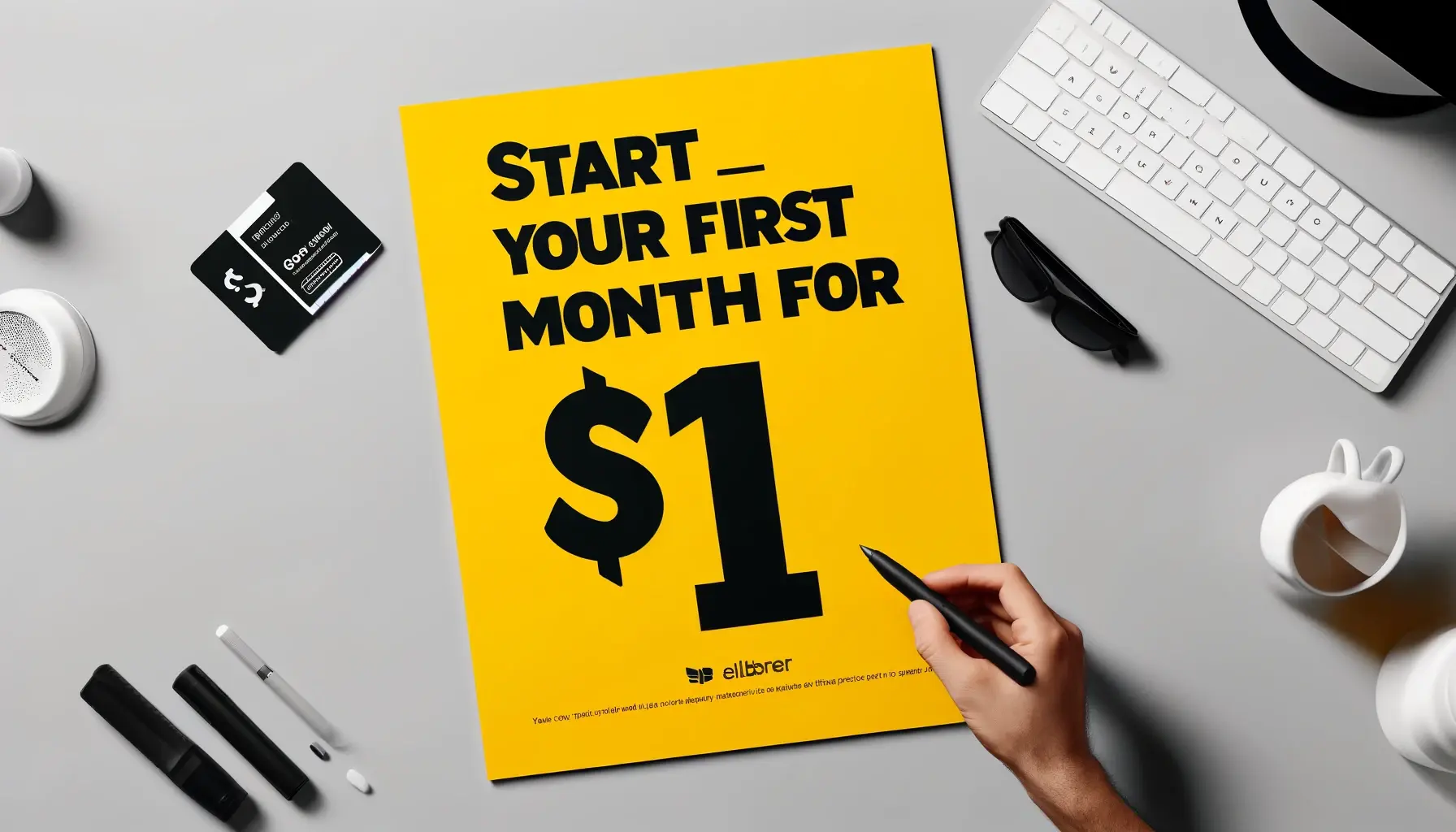
Poor time management can doom creative projects. Implement effective project management strategies and tools to reduce burnout and enhance team productivity.
Poor time management makes projects 50% more likely to fail. This makes workflow management vital for creative agencies. Creative work remains the priority, but keeping teams productive without burnout poses a major challenge.
The right project management software can help balance these needs. More than 20,000 businesses and 6,000 agencies already use these tools to prevent team overload and keep creative projects on track. Teams that manage resources effectively avoid burnout and maximize profits by assigning members properly to billable work.
This piece shows you practical ways to manage creative projects without overwhelming your team. You’ll learn about setting realistic timelines and creating optimized workflows that protect both quality and your team’s wellbeing.
Understanding Signs of Team Overload
Recent studies paint a worrying picture: 23% of employees experience burnout most of the time. 44% report occasional burnout. The numbers look even worse in tech, where 57% of industry professionals report experiencing burnout.
Common Burnout Indicators
Physical exhaustion shows up as constant headaches, poor sleep, and tense muscles. The emotional toll follows with increased irritability and anxiety. Creative professionals often hide these signs behind their work, which makes them harder to spot.
Impact on Creative Quality
Burnout takes a direct toll on creative work. Teams under pressure face:
- Lower quality work and missed deadlines
- Less state-of-the-art thinking and problem-solving
- Lower client satisfaction
- More mistakes in deliverables
The numbers tell a clear story. 45% of employees feel ’emotionally drained’ from work. 51% feel ‘used up’ by day’s end. Creative teams feel this strain even more, as 73% of content creators experience burnout at some point.
Early Warning Signals
Creative team leaders should look out for subtle behavior changes. Team members’ productivity drops before full burnout hits. Studies show that doing the same tasks just four times can make engagement fall by 45% or more.
The creative sector has grown rapidly over the last several years, but burnout keeps rising. Google Trends shows searches for “burnout symptoms” are up 19% compared to three years ago. Creative professionals face unique challenges, especially when trying to separate work and personal life – creativity flows across both areas.
Creative agency managers must watch these warning signs carefully. Teams dealing with too much work show drops in quality before they speak up. Using creative agency management software helps spot potential burnout before it affects project delivery.
Setting Realistic Project Timelines
Accurate project estimation is the life-blood of successful creative work. Studies show that project managers who use structured estimation techniques complete 43% more projects on time.
Estimating Creative Work Accurately
Cost, scope, and time – the project management triangle – are the foundations of precise creative work estimation. Creative agency project management balances these three variables because adjusting one affects the others. To name just one example, a decrease in project time needs either increased resources or reduced scope.
Effective estimation methods for creative projects include:
- Top-down estimation: Starting with overall project timeline and breaking it into smaller phases
- Bottom-up estimation: Calculating individual task durations to determine total project length
- Three-point estimation: Using optimistic, pessimistic, and realistic time estimates
- Analogous estimation: Drawing from similar past project timelines
Creative agency management software improves estimation accuracy by tracking historical project data. Research indicates that teams using project management tools complete 28% more tasks within original time estimates.
Building Buffer Time
Buffer time protects against unexpected delays and creative roadblocks effectively. Studies reveal that projects with built-in buffer time are 35% more likely to meet deadlines. More, adding strategic buffer time reduces team stress levels and improves work quality.
Teams achieve better results by centralizing buffer time at the project level instead of individual tasks. This method prevents buffer misuse through Parkinson’s Law – where work expands to fill available time. On top of that, it helps curb “Student Syndrome,” the tendency to postpone work until deadlines loom.
Creative project managers should place buffer time between critical project phases to get optimal results. Research shows that adding 15-20% buffer time to project timelines substantially increases successful delivery rates. Regular review cycles help monitor buffer usage and adjust timelines when needed.
Smart buffer placement helps teams maintain creative momentum while protecting against unforeseen challenges. Data indicates that projects with well-planned buffers experience 40% fewer deadline extensions. Then, this approach helps creative teams deliver high-quality work without sacrificing their well-being or project timelines.
Smart Resource Allocation Strategies
Resource allocation is the foundation of successful creative agency project management. Teams that use dedicated resource management solutions show a 27% boost in productivity.
Matching Skills to Tasks
The right skill matching leads to better project outcomes through precise task distribution. Creative agency management software lets project managers tag team members based on their expertise. This makes it easy to find the right people for specific projects. Teams using this organized approach deliver 90% of projects on time and see 20-30% better efficiency.
Rotating Creative Responsibilities
Smart rotation strategies keep teams fresh and help them develop new skills. Research shows that switching roles lets creative professionals try new things and pick up extra skills during projects. This brings two major benefits to organizations:
- Teams feel more ownership and get more involved
- Teams become stronger through cross-functional knowledge
- Teams solve problems better with different views
Yes, it is true that creative teams who switch roles show higher rates of breakthroughs and happier employees. This makes the workforce more flexible and ready to handle different project needs.
Creating Balanced Workloads
Smart workload management needs careful attention to what each person can handle and what projects need. Research shows that people can focus deeply for 4-5 hours each day. Creative agency project managers must keep this in mind when they hand out tasks.
Resource management tools show team capacity in real time. This helps managers:
- Keep track of how busy people are
- Leave time for admin work
- Change deadlines based on real capacity
Companies that use organized workload management systems see fewer burned-out employees and better project quality. Teams that meet weekly to check resource availability stop specific team members from getting overloaded.
Creative agency management software by Function Point gives project leaders a clear view of team capacity. This tech-driven approach leads to better-balanced workloads and improved team results. These tools spot potential skill gaps and create chances for professional growth, which helps teams stay strong in the long run.
Streamlining Creative Workflows
Creative agencies lose 20-30% of their revenue annually due to poor processes. The right management software can help simplify these operations.
Removing Unnecessary Steps
A full picture of current processes kicks off any workflow improvements. Creative teams spend most of their day doing basic tasks like searching for data and going through emails. Project managers can spot and remove steps that slow down creative work through careful review.
Better workflows need:
- A map of current processes to find bottlenecks
- Fewer approval steps
- One place for project files
- Clear ownership of tasks
- Standard steps for regular projects
Teams with simplified processes finish projects 75% faster. Project management tools boost this speed by giving teams one place to manage assets and work together.
Automating Routine Tasks
We focused on cutting down paperwork first. Modern project management systems have smart tools that handle repeat tasks. This lets creative teams focus on what matters. Studies show these automation tools save several hours each day.
Automation works best for:
- Data entry and reports
- File sorting and versions
- Managing schedules
- Talking to clients
- Checking progress
Without doubt, automation does more than save time. Teams using creative management software are 90% happier because they can skip boring tasks. AI features in these tools will soon handle even more complex jobs.
Creative project platforms connect with over 400 different tools. Teams can work smoothly across tools of all sizes. This cuts down on switching between systems and helps people focus on creative work.
Smart workflows fix both speed and quality issues at once. Companies say organized workflows keep their brand consistent and reduce mistakes. These changes lead to faster projects and better teamwork. This creates an environment where creative teams thrive.
Managing Client Expectations
Client relationships depend on becoming skilled at managing expectations. Studies show that 41.1% of digital marketing professionals struggle with client expectations. Creative agency project management needs a perfect balance between keeping clients happy and what teams can deliver.
Setting Clear Boundaries
Clear boundaries are the foundations of healthy client relationships. Creative agency management software helps make these boundaries official through well-laid-out communication channels. Studies reveal that proper boundary setting reduces scope creep by 30%.
Strong client boundaries include:
- Defined communication channels and response times
- Clear project scope and deliverable specifications
- Established revision limits and feedback processes
- Payment terms and late fee policies
- Office hours and availability windows
These boundaries protect both the creative team and client interests. Research indicates that agencies with clear boundaries see 75% higher client retention rates. Creative project management tools help maintain these boundaries through automated notifications and efficient workflows.
Communicating Realistic Deadlines
Clients want immediate results, but realistic timeline communication is vital to project success. Creative agency project management involves giving realistic timeframes that keep client confidence high. Studies show that projects with clearly communicated timelines are 65% more likely to meet deadlines.
Successful deadline management strategies include:
- Presenting timeline ranges instead of fixed dates
- Building buffer time into project schedules
- Regular progress updates and milestone tracking
- Early communication of potential delays
- Documentation of timeline agreements
Creative agency management software enables precise timeline tracking and automated client updates. Data shows that teams using automated progress reporting systems achieve 90% higher client satisfaction rates.
Managing client expectations needs proactive communication. Research indicates that 23% of agencies struggle with expectation management, so clear protocols must be in place. Creative project management platforms provide tools for:
- Automated acknowledgment of client requests
- Structured feedback collection
- Progress tracking dashboards
- Resource availability monitoring
- Change request management
Creative agency project management success balances client needs with team capabilities. Structured communication systems and clear boundaries help agencies maintain productive client relationships and protect their team’s well-being. Research shows that organizations with established expectation management protocols experience 40% fewer project delays and keep clients happier.
Conclusion
Effective project management in a creative agency requires balancing team well-being with efficient project delivery. Agencies that implement structured processes, realistic timelines, and strategic resource planning see higher success rates and greater team satisfaction.
Leveraging project management tools can significantly improve outcomes, with teams experiencing higher completion rates and reduced burnout. By automating workflows, streamlining communication, and optimizing resources, agencies create an environment where both creativity and productivity thrive.
Success lies in proactive leadership—identifying burnout early, setting clear boundaries, and fostering continuous skill development. When teams embrace these strategies, they achieve outstanding project results while maintaining their creative edge and overall well-being.
Was this news helpful?







 Yes, great stuff!
Yes, great stuff! I’m not sure
I’m not sure No, doesn’t relate
No, doesn’t relate



